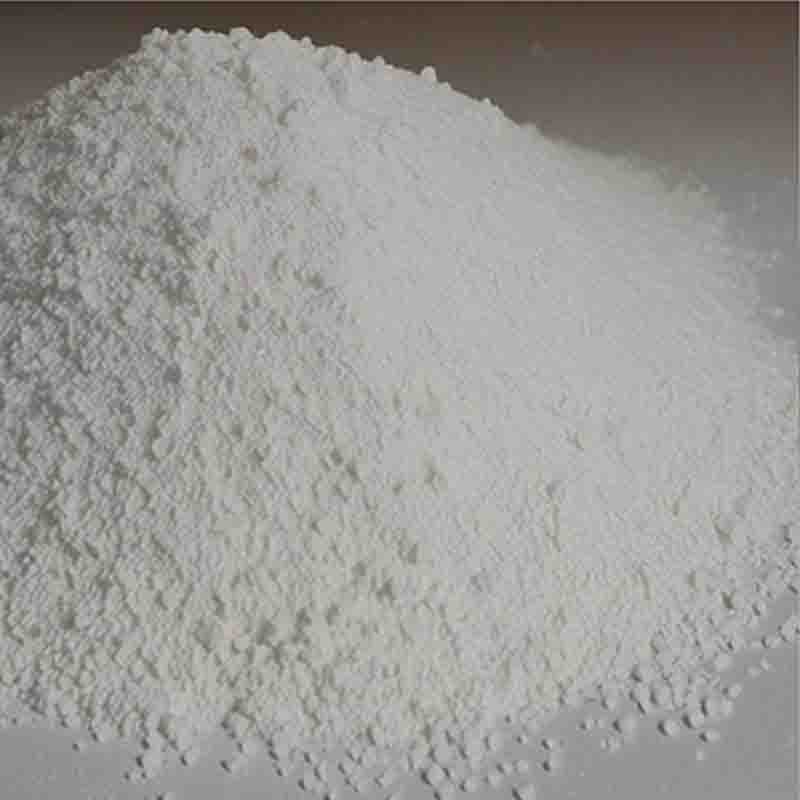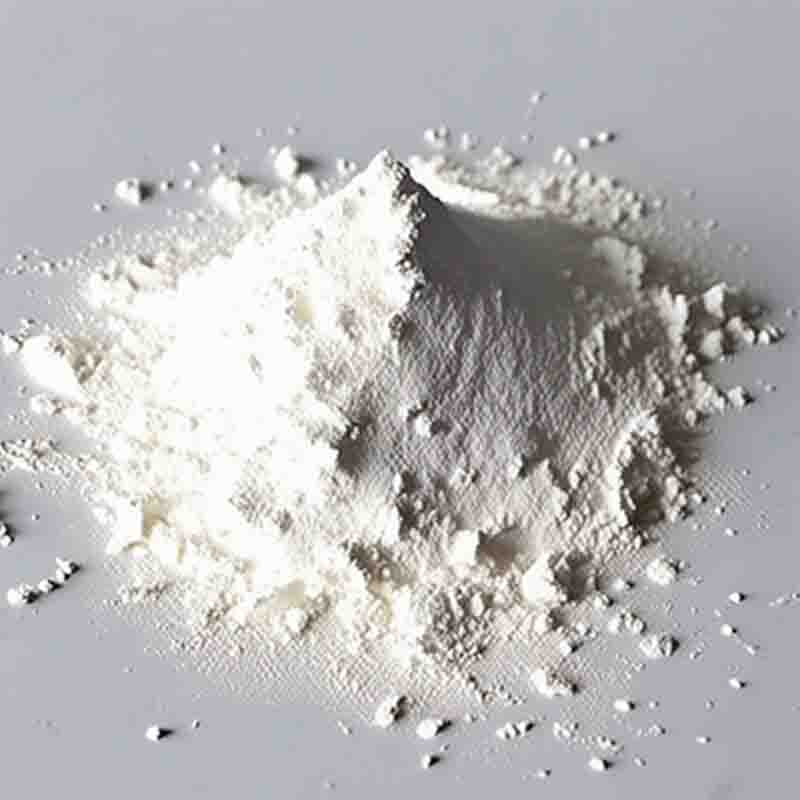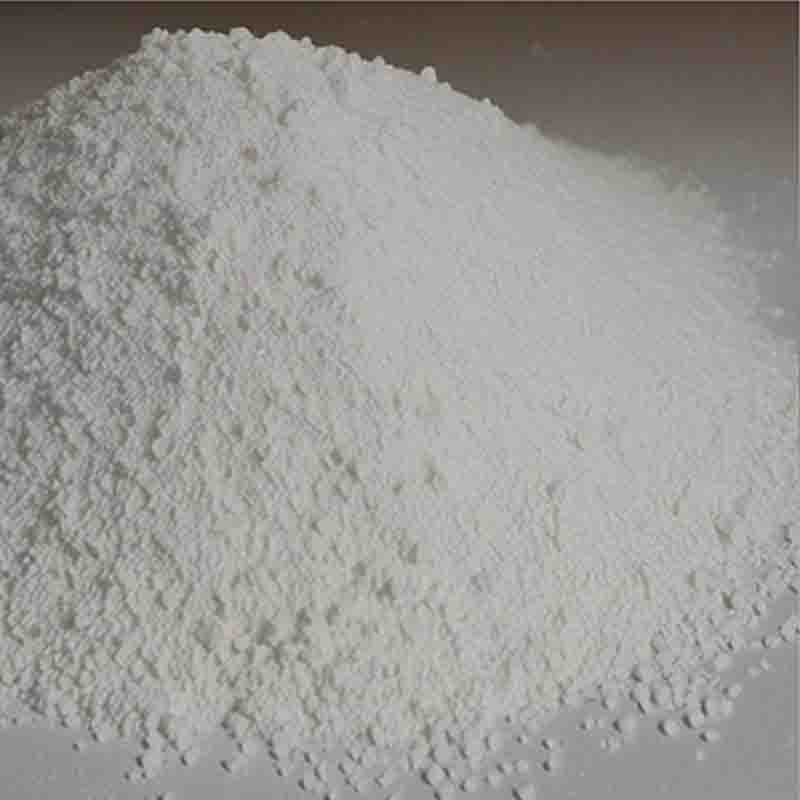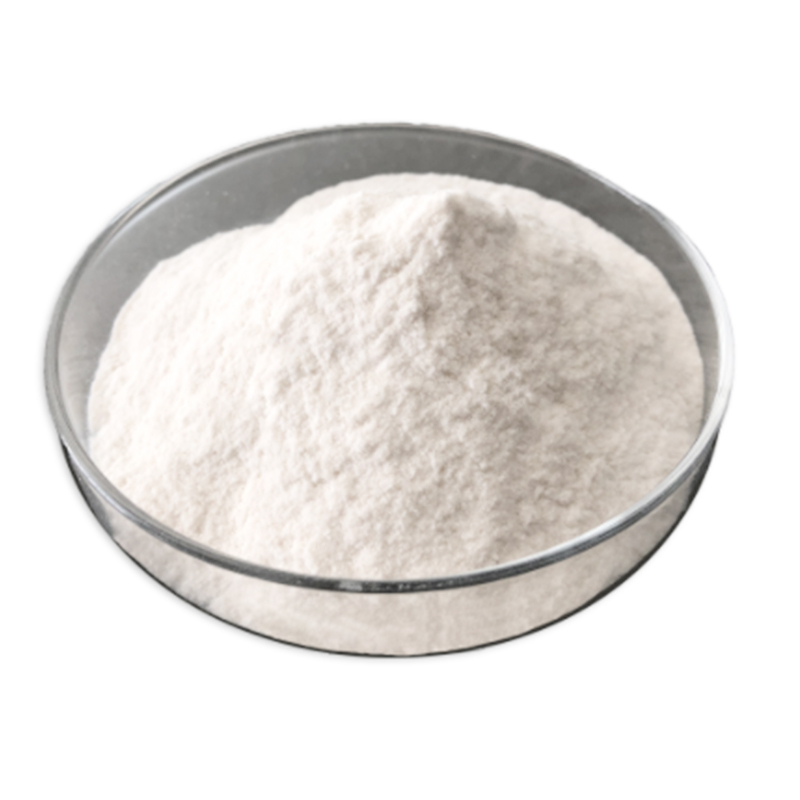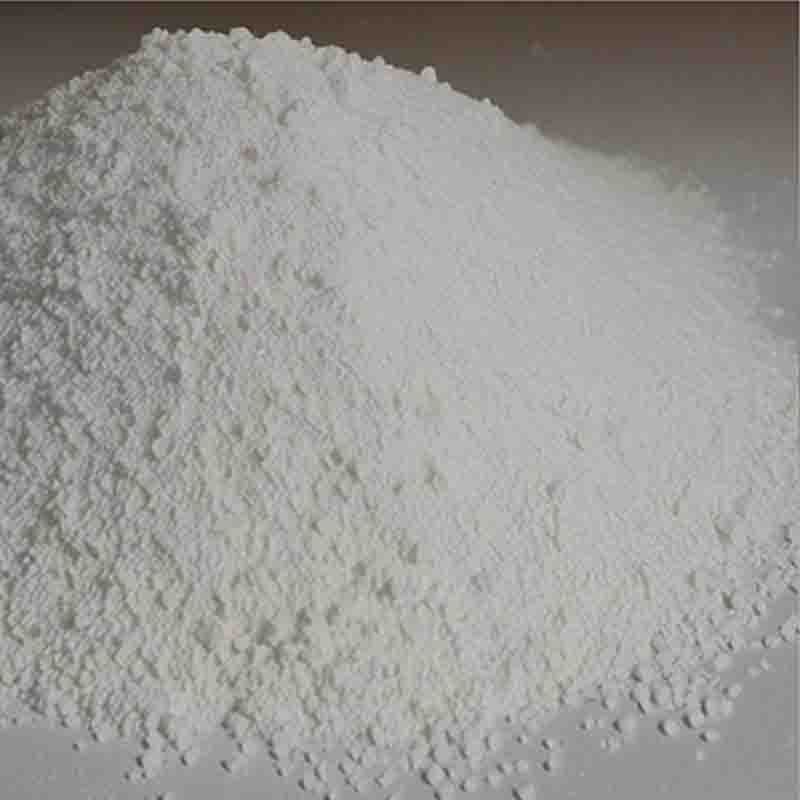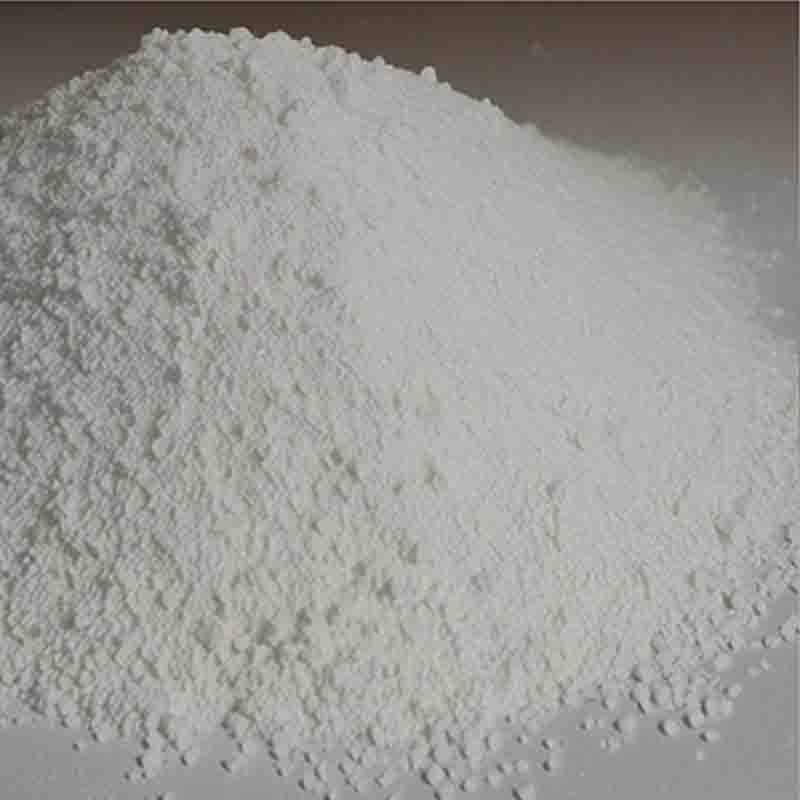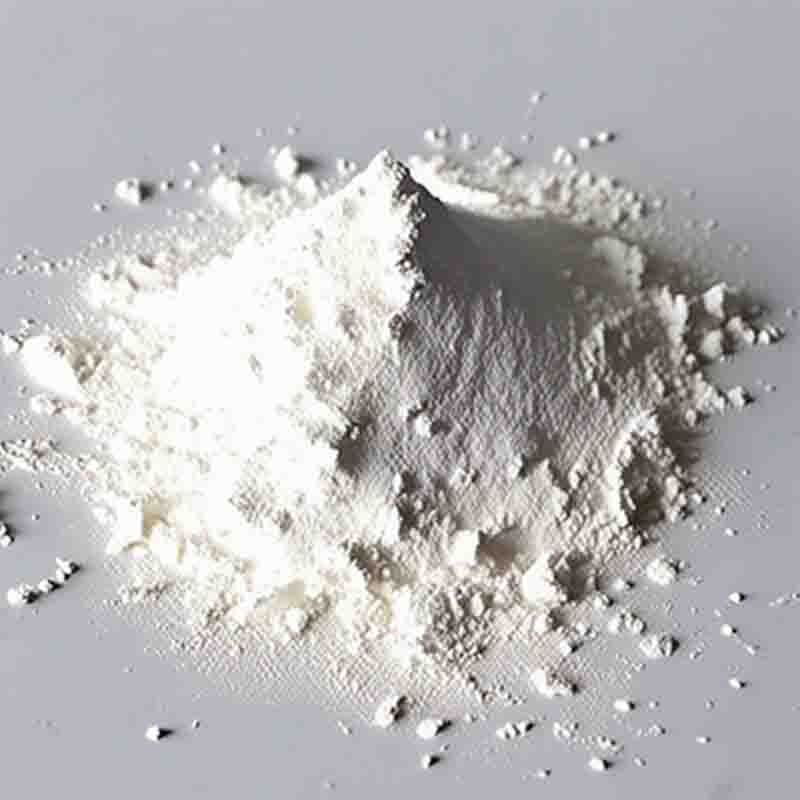Tri-n-butylphosphine CAS: 998-40-3
| Catalog Number: | XD94318 |
| Cas: | 998-40-3 |
| Molecular Formula: | C12H27P |
| Molecular Weight: | 202.32 |
| Availability: | In Stock |
| Price: | |
| Prepack: | |
| Bulk Pack: | Request Quote |
Product Specification
| Appearance | White powder |
| Assay | 99% min |
Tri-n-butylphosphine, also known as TBP, is a commonly used organic compound that finds wide application in various fields. TBP is a tertiary phosphine with the chemical formula (C4H9)3P. It is a clear and colorless liquid, with a pungent odor, and is highly soluble in organic solvents. Here is a description of its uses in approximately 300 words.One of the primary applications of Tri-n-butylphosphine is as a ligand in organometallic chemistry. It is commonly used in coordination chemistry for the synthesis and stabilization of transition metal complexes. TBP acts as a strong π-acceptor ligand, forming stable bonds with transition metals through its phosphorus atom. These metal-TBP complexes are often used as catalysts in various organic transformations, such as hydrogenation, polymerization, and cross-coupling reactions. TBP-based catalyst systems have proven to be highly efficient and versatile in promoting a wide range of chemical reactions.Tri-n-butylphosphine is also useful as a reducing agent in organic synthesis. It can mediate a variety of reduction reactions, such as the reduction of aldehydes and ketones to alcohols, as well as the reduction of imines to amines. TBP's reducing properties stem from its ability to donate electrons to the reactants, facilitating the formation of new bonds and the conversion of functional groups. This makes TBP a valuable tool in organic chemistry for the synthesis of complex molecules.In addition to its roles in catalysis and reduction, Tri-n-butylphosphine is employed as a phosphorus source in the preparation of phosphorus-containing compounds. TBP can react with various electrophiles to form compounds such as phosphonium salts and phosphine oxides. These derivatives are essential intermediates in the synthesis of phosphine ligands and other phosphorus-based compounds. TBP's reactivity and stability make it a preferred choice for such synthetic routes.Furthermore, Tri-n-butylphosphine has applications in the field of material science. It can be utilized in the synthesis of phosphine-derivatized nanoparticles, which have gained significant attention due to their unique optical, electronic, and catalytic properties. TBP facilitates the functionalization of nanoparticles, allowing for precise control over their surface chemistry and properties. This enables the development of new materials with enhanced functionalities for applications ranging from sensing to catalysis to energy storage.In summary, Tri-n-butylphosphine is a versatile compound with a wide range of applications. Its use as a ligand in organometallic chemistry, as a reducing agent in organic synthesis, as a phosphorus source, and in material science highlights its importance in various fields. TBP's ability to participate in diverse reactions and its stability make it an indispensable tool for researchers and scientists working in catalysis, organic synthesis, and material science.


